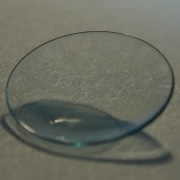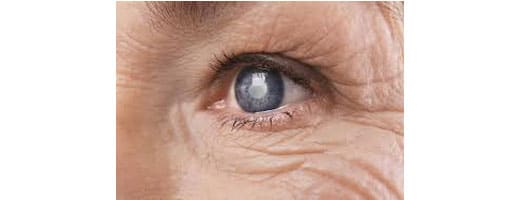How Can Scleral Lenses Help Me See Better?
Have you ever thought about getting lenses but can’t find anything that comfortably fits you and works simultaneously? You may benefit from customized lenses tailored to fit you better and complement your lifestyle.
The quality team at Dr. Edward Paul, OD, Ph.D. of Asheville, NC, is proud to serve the local community with exceptional eye care services, including custom lenses, which can increase your vision and lead to a happier and healthier life.
What are Scleral Lenses?
Your “sclera” is the outer white part of your eye. Most contact lenses sit on your cornea, the inner layer that helps you see and interpret the images in your vision. Scleral lenses create a buffer of moisturizing fluid, which fits much better and helps to alleviate pain from various eye conditions.
How Do Scleral Lenses Work?
Scleral lenses have a unique design and are usually made to order so that they fit well and last a long time. Here’s how they work:
Lubricates Dry Eyes
The saline solution in the scleral lenses creates a padding between your cornea and the lens. This not only lubricates your eyes continuously, but it also offers some relief from discomfort.
Fixes Any Irregularities
Depending on the direction of your optometrist or eye care specialist, your low vision may be due to a misshapen cornea as a result of surgery, trauma, or keratoconus. Scleral lenses provide a great solution in addition to your eyeglasses.
Comfortable and Stable Fit
Scleral lenses have a larger surface area and sit comfortably on your eye. The stable fit makes it easier to wear your lenses in more situations than glasses or traditional lenses.
Your Local Professional Eye Care Specialists
Don’t let eye discomfort take away from your daily activities any longer. During your next appointment with the talented team at Dr. Edward Paul, OD, Ph.D. of Asheville, NC,, you can be sure you are receiving the best care and guidance that you deserve.



